When my brother John was a baby, and I was three, Mom decided she wanted to have a professional portrait taken of the two of us. We didn’t have a photography studio in the little town where we lived, but a traveling photographer had come to town that summer. So Mom took us to the back room of Samuelson’s Grocery where the photographer had set up shop between boxes of produce and milk crates.
Mom had pulled back my hair into two neat pigtails, and secured my bangs with big yellow barrettes. I wore a sunny blouse with ruffles, and a plaid jumper that made me feel pretty.
Little John wore a one-piece romper with ducks on the front. He also wore the expression of a child who wanted to be anywhere else but a makeshift photo studio. Mom said John cried in the back of that grocery store that day. A lot.
Eventually, the photographer secured a suitable shot. Mom loved it enough that she displayed it in a huge oval frame.
All these years later, I have the photograph hanging in our guest bedroom. Every time I see it, I remember the story behind the photo – especially the part about the crying. Mom said John wasn’t the only one who cried. I did too. She said she’s certain that the reason I was crying is because my brother was.
If you look at the photograph close enough, you can see John’s glossy eyes. A single, escaped tear had begun its tumble down one round cheek. And this is no glamour shot here, so you can see a shiny line of snot under my nostril.
(I guess they didn’t photoshop out the truth back then. The photo was printed as is, snot and all.)
Looking back, I am struck by the way I held my brother close, almost in a protective embrace. I am struck by the way that, as a child, I had the capacity for empathy.
To me, the photo is a literal representation of what it means to “weep with those who weep” (Romans 12:15).
I was too little to offer advice to my brother on how to get through a photo shoot when he was uncomfortable or perhaps frightened by the dude with the big camera. I didn’t have the vocabulary to soothe his fear with words. All I knew to do was pull him closer to me, cry with him, and stay by his side until it was over.
And that’s just what I did.
I think this is what it means to have empathy and compassion for others. We get it at age three. But it fades with years. Maybe it’s because of our time-pressed lives, our own discomfort with others’ pain, our underestimation of other people’s distress, or our self-expectations about having the right words to fix things that can’t be quickly fixed.
I’m not sure why, but we seem to be undergoing an empathy shortage in our culture.
Perhaps you’ve felt it too. You’re dealing with pain and fear, but you — right now — are sitting alone with it. You are crying out, but no one hears. You are at the end of your rope, but everyone else is dealing with their own stuff too these days.
Or maybe (like Job in the Old Testament) you have been blamed or criticized by friends, instead of receiving the empathetic support you needed in this moment. You may recall that Job’s friends lacked relational competency when he was in a crisis. Their behavior was so disturbing to Job, that he responded to them, “what miserable comforters you are” (Job 16:2).
Job didn’t need his friends’ condemnation and misguided advice. He really just needed them to be present and available. He said to them, “If it were me, I would encourage you” (Job 16:5).
The consummate example of empathy, of course, is Jesus. We see His empathy when He cried at the tomb of Lazarus. We see it again when He moved through villages, healing people because “he had compassion on them” (Matthew 9:36). Even from the cross, Jesus showed empathy and compassion for His mom, having the presence of mind to ask the disciple John to care for her.
Empathy is a powerful force that says, “I care about you.” “You’re not alone.” “I am here.” “I am listening.”
Today, may we take the time we need to put ourselves in the shoes of those who are hurting. May we remember that humans tend to underestimate the intensity of other people’s emotional pain. And, as the Apostle Paul exhorts us, may we weep with those who weep.
Little Jennifer seemed to know it instinctively, and I think we can learn a lot from a child. More than anything else, we need to just sit by our brothers and sisters, pull them close, and cry with them.
And I also believe we should stop photoshopping the snot out of everything.
—
The (in)courage podcast is taking a brief hiatus from new episodes this week as we do some maintenance and updating behind the scenes! We’ll return to new daily episodes next week, March 13th. In the meantime, we hope you’ll enjoy five episodes from our podcast archives!
Today’s replay is of a bonus episode conversation from November 2022, titled Come Sit With Me, with Becky Keife, Rachel Marie Kang, & Anna E. Rendell. Listen below or wherever you stream podcasts.
Leave a Comment

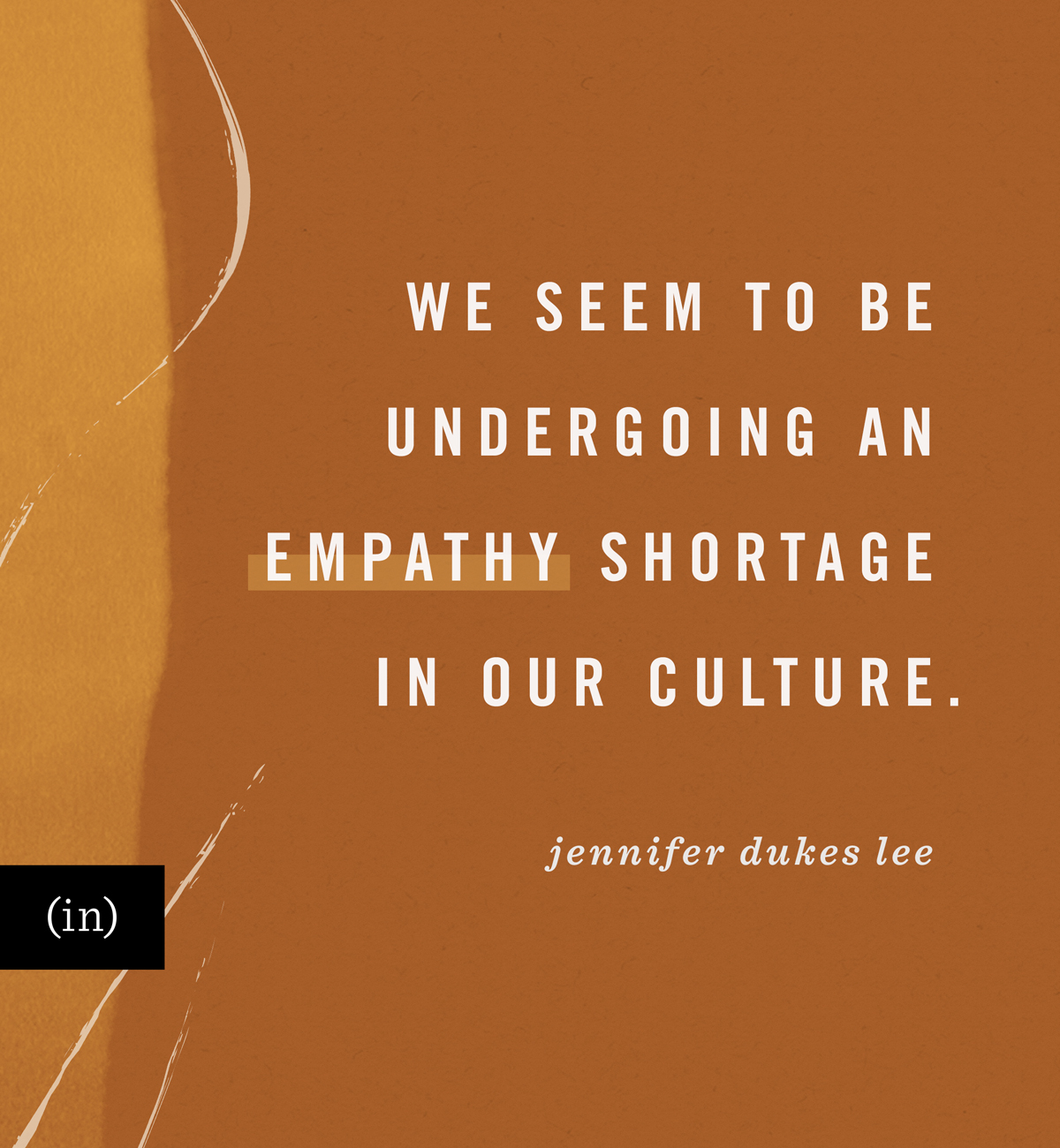
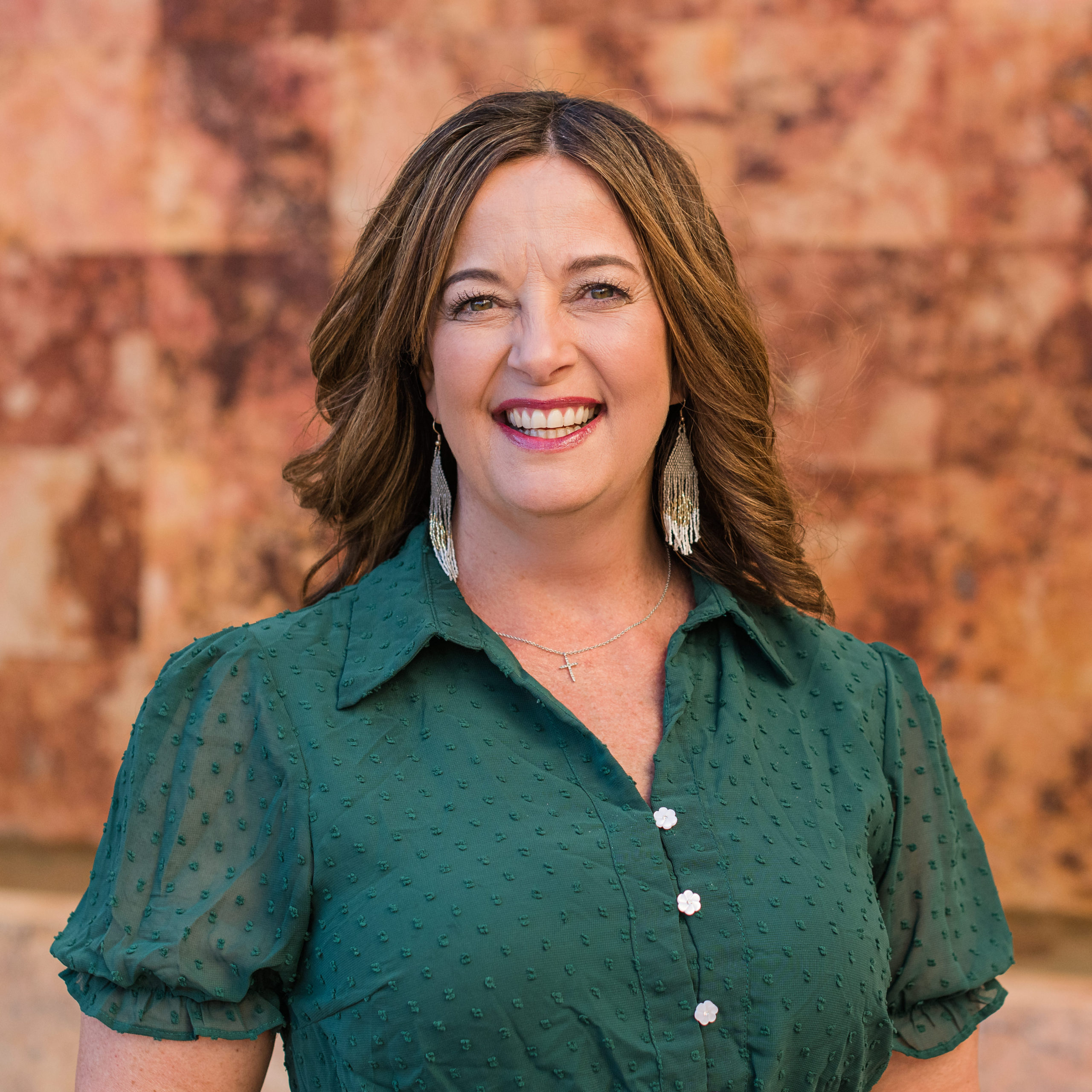
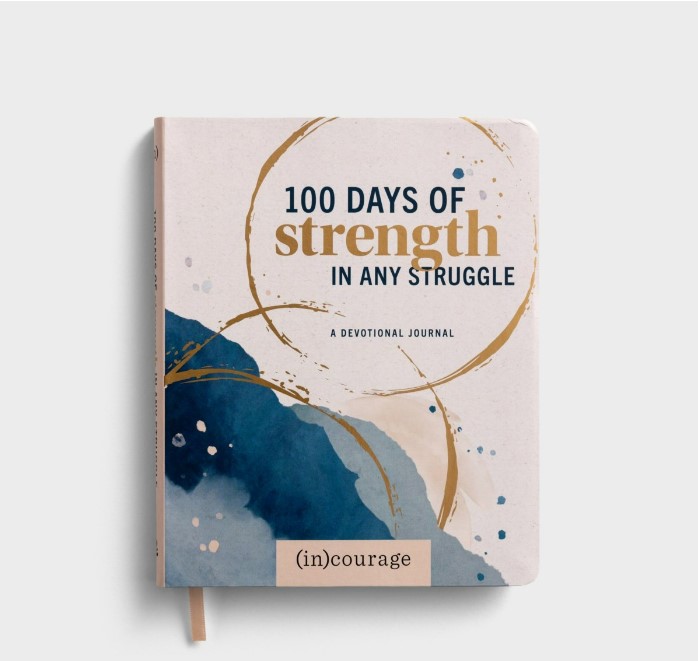
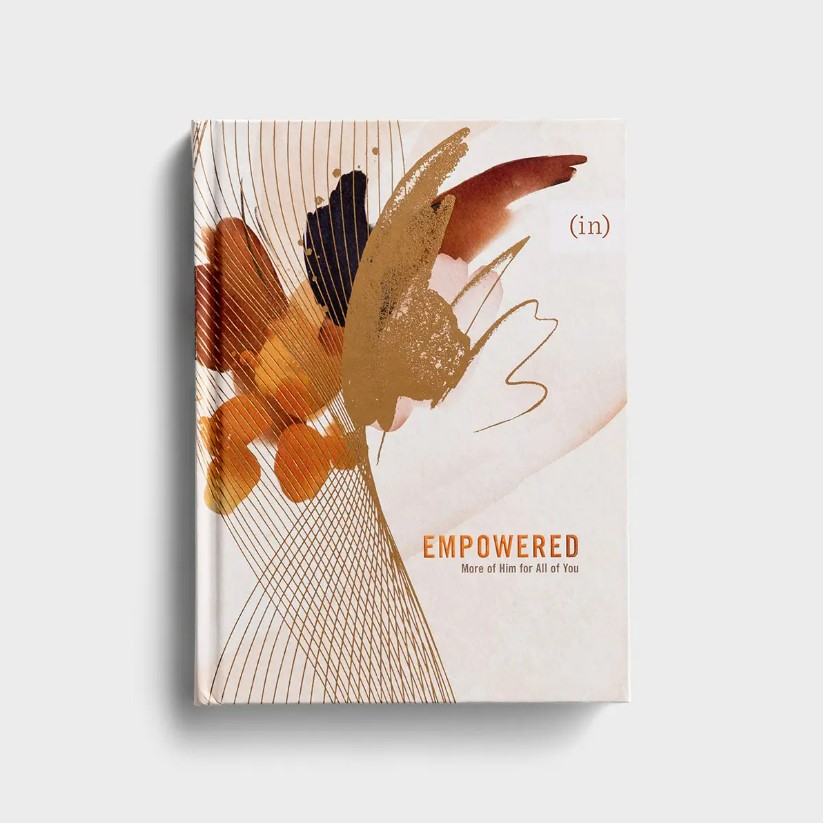
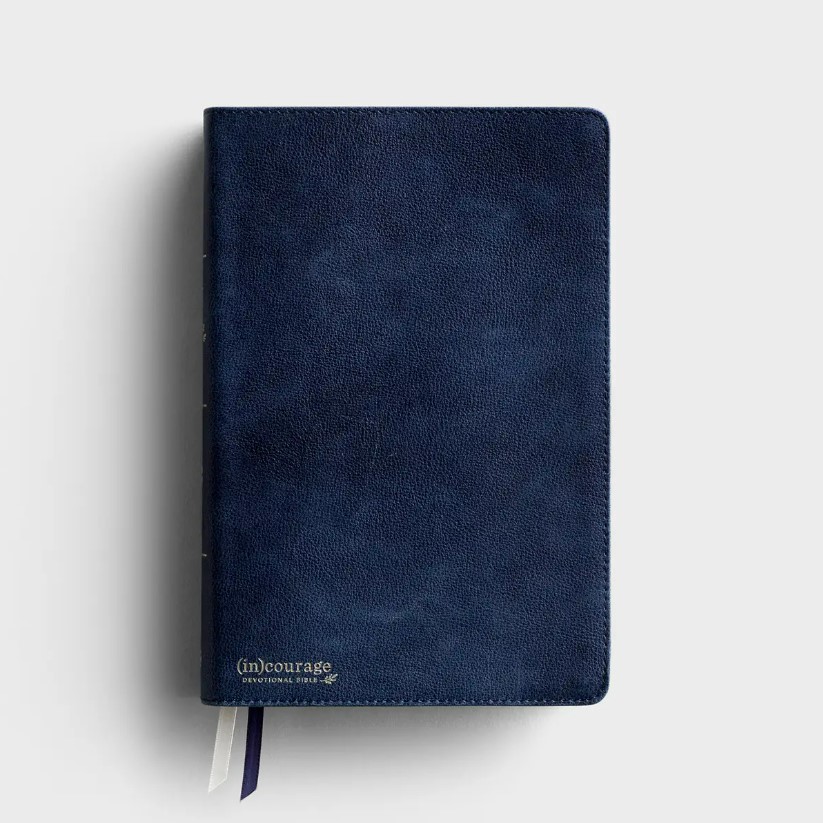
Jennifer, I loved today’s message. Thank you!
I am so glad this spoke to you, Rita. Thanks for being here!
Let’s stop photoshopping the snot out of everything! Indeed! Our search for & defining of perfect doesn’t work. Only the Trinity set the definition of perfect & can make us perfect. Let’s let Him & be kind to those in our boat along the way. Great encouragement, Jennifer. Blessings.
Tee hee… you caught my last line. 🙂 But I really do mean it! Thanks for sharing your thoughts here, too.
Thank you, Jennifer. Needed this today ❤️
So very glad this spoke to you, Michelle. Glad you’re here.
Jennifer,
Your title drew me in. On a scale of 1-10, this empath ranks about a 12. Like you, even as a child, I deeply felt others pain. I quickly, learned, however, that most people weren’t like that. Some scientists even propose there is a gene linked to the amount of empathy people feel toward others. I think you hit the nail on the head — look to Jesus. His is the truest form of empathy and compassion we can point to. “Jesus wept.” Those are two of the most powerful words in scripture. In our cold and fragile world, may we heed the call to be “our brother’s keeper” — even if we have snot running from our nose for the world to see. Lovely post.
Blessings,
Bev
Bev! Good to see your comment today! You have been missed. It is good to see people emerging from the effects of the past few years events, as I too am finally regaining my creativity that seemed to melt away during that time. Blessings to you! Kim K
Kim,
Thanks for missing me — your comment really made my day! I guess I needed a hiatus from the world, but realize now, more than ever, we need to be light in these dark days and times. Joining with you in getting the creative juices flowing again. Thank you again for your sweet words.
Blessings,
Bev
Gosh your name brought back memories of your blog! I used to read it all the time and had no clue what happened to it! Hugs to you, Bev!
Hey there, Bev! It’s so great to hear from you. I hadn’t heard about the scientists’ theory about the gene linked to empathy. How fascinating! Thanks so much for sharing. We love when you’re here.
Smiled as I saw your comment today, Bev, as I always appreciate your words!
Bev,
Glad to see you are back. Missed you. I follow you on Facebook, so have kept up with you. Wondered where you went. Again glad to see you back with us.
XXXXXXXXXX Hugs
Blessings 🙂
So beautiful
Thank you for sharing
I will be ordering this book
Grateful for you, Julie! Thanks for being here.
Aren’t beautiful memories such a beautiful gift from God! Sweet article that I related to! Made me smile all the way through! And so true, so few show empathy in this world today. I am thankful that God gave me a heart that feels so much so very deeply.
I love your heart, Kathy! Thanks for sharing.
AMEN!
Thank you, Amada.
I wholeheartedly agree, Jennifer! And I will try to be part of the solution, rather than part of the problem!
Me, too, Irene!
I feel like this is the best thing I have read on here! Thank you for seeing and writing truth ❤️
This is so kind. I am deeply humbled by your comment. Thank you for being here.
How true today and very sad . God made us for relationships not for self reliance . To encourage and to be encouraged . People are messy . Relationships difficult . Yet they add life to being alive . Be the Good Shepherd- reach out and you too will be blest ‼️
You’re right. Relationships are difficult, yet we’re called to be in them, and that’s what adds life to our lives. Thank you for commenting.
We live in a fragmented, and “cold” world. Your narrative brings back childhood memories, where empathy was evident around me. Communication seems to have a back seat.
“JESUS wept,” is such a powerful image of how HE shows us to have compassion, kindness, understanding, etc.
While, it’s not easy to navigate relationships, I am learning to love, encourage, build, help, and support my family and friends.
With prayer and the help of the Holy Spirit, we can show empathy.
Thank you for your sharing, Bev.
So good Jennifer! I especially appreciated that there could be valid reasons and yet we are called to be intentional and to ask for empathy for those hurting around us and for eyes to see them.
Your last sentence made me laugh and it’s also so true!
Jennifer,
I,, too, believe we have lost our empathy. Covid did a number on many of us. We feel stressed out with nothing left to give. There are some of us out there that still have some empathy left. My pastor’s wife for example will text me weekly with prayers for my job, health, & our friendship.
Don’t photoshoot the snot out of pictures. Leave it in & make it real. I want to see your true self. Tell me about your problems. I’ll listen for hours as you talk about your life. No judgement just being there for you. I’ll laugh when you laugh & cry when you cry.
Blessings 🙂